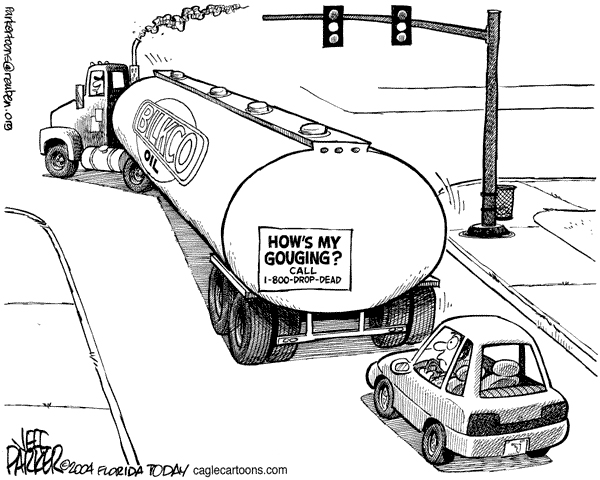After dropping from nearly $150 in the second half of 2008, the price of crude oil is still languishing at under $40 a barrel. The dramatic price falls we saw last year occurred for two reasons that just happened to coincide and make the situation even worse.
First, the price of oil had been rising relentlessly since 2007 on the back of increasing demand from China, India and other fast-expanding developing economies. After reaching the all-important $100 level for the first time ever in early 2008, crude oil advanced virtually without a pause, to peak at just under $150 a barrel in July 2008. After such a breathless climb, a price correction was inevitable.
Then, just as the oil price began to decline again, the US economy started to produce negative news. The property price bubble was bursting all over the country and the credit crunch was starting to bite. Over the next few months, several banks failed, unemployment jumped and the country slipped into recession. With the slowdown of economic activity, US demand for petroleum products like gasoline, heating oil and jet fuel fell too and stockpiles grew to record highs. All these gloomy reports only made the price decline more severe.
It is not just US economy that drives the crude oil price, of course. One by one, most countries – including China, recently the industrial powerhouse of the world – have been slowing down over the past several months, and an increasing number are now experiencing negative growth, i.e. recession.
Factories all over the world are cutting production or closing down, fewer goods are being transported and people are driving their cars less. This translates into lower consumption of crude oil and all the products made from it, as well as related commodities such as natural gas and coal. Electricity use is also down since businesses and households alike are cutting back.
With prospects for a swift recovery from the economic downturn fading with every report of rising unemployment, corporate bailouts and falling industrial production, traders see little reason to drive the price of oil higher. The Fed recently revised down its outlook for this year, and sees unemployment rising to 9%, and the recession lasting at least until the end of 2009. Even positive developments such as the recent signing of the economic stimulus package that is meant to kick-start economic activity again have failed to buoy the oil market.
With prices at such a depressed level, there is little incentive for oil companies to invest in new exploration or production facilities at the moment. Once the global economy starts to recover – and the jury is still out on when that will be – oil demand will naturally rise again, and prices too. The danger is, though, that when that happens we could see another price spike. If there are insufficient new oil wells to cope with the increased demand at that point, prices will rise more quickly than they should and we could have another oil price crisis on our hands.
